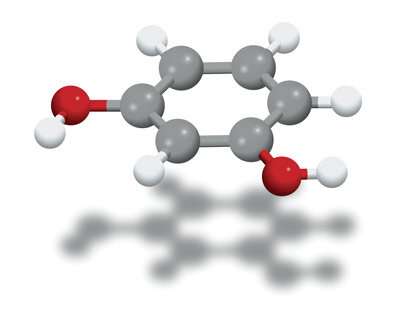Written by Adeel Abbas
Four RIKEN organic chemists have recently invented a method for synthesizing the isomers of a certain group of aromatic compounds.

This promises to make it possible to manufacture chemicals for drugs, fertilizers, and polymers without the need to perform costly separation procedures.
When making chemical compounds, it’s a bad idea to place a chemical group at the wrong position on a benzene ring. If you make a mistake, it can be deadly, and can also cause serious harm to people. For example, one form of vanillin is the chemical that gives vanilla its flavor, but another is rather toxic.
Since all the carbon atoms are identical, it makes no difference which one accepts the first chemical group to be added to the ring.
The production of an iridium catalyst bearing a ligand that blocks both the adjacent and opposite sites can result in only the meta isomer being produced. It’s great that these researchers have developed a method that makes the synthesis of such a catalyst simple and efficient.
Benzene rings can be added to carbon compounds to form new structures. This technique can be used to make organic chemicals, such as polymers and pharmaceuticals.
LATEST CHEMISTRY RESEARCH
After studying the reactions and exploring various catalysts, the team came to realize that their catalyst could be used for the functionalization of a variety of molecules. “We’re very happy about it because it took us three years of hard work to get to this point,” says Ilies.
Functionalizing all kinds of surfaces will be an easy task for the researchers. They just discovered that a very large variety of substrates can be functionalized by this new method.
This new scaffold was inspired by nature because it mimics the actions of enzymes that synthesize biomolecules in a precise manner.
The team now intends to expand this strategy to a larger variety of molecules and different selectivities.
More information:
Boobalan Ramadoss et al, Remote steric control for undirected meta -selective C–H activation of arenes, Science (2022). DOI: 10.1126/science.abm7599